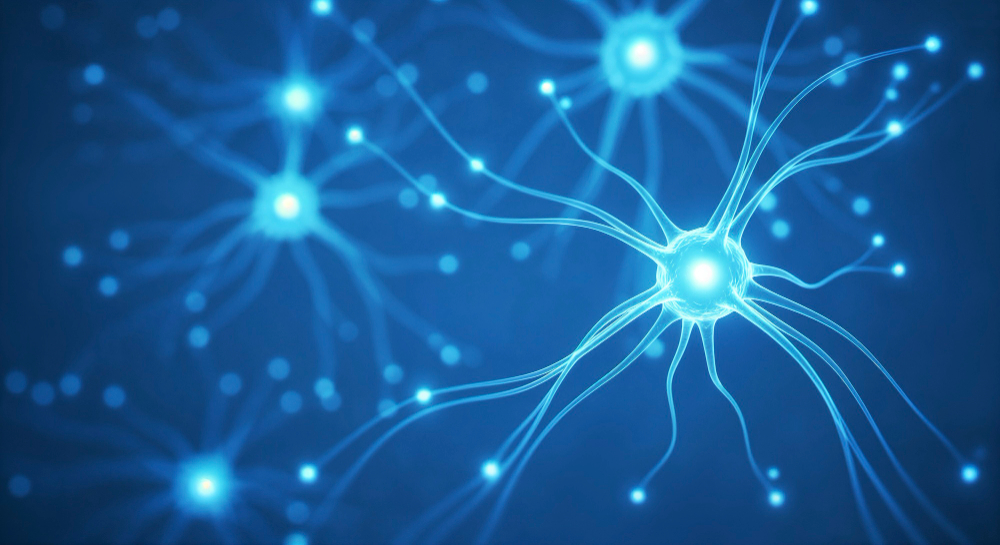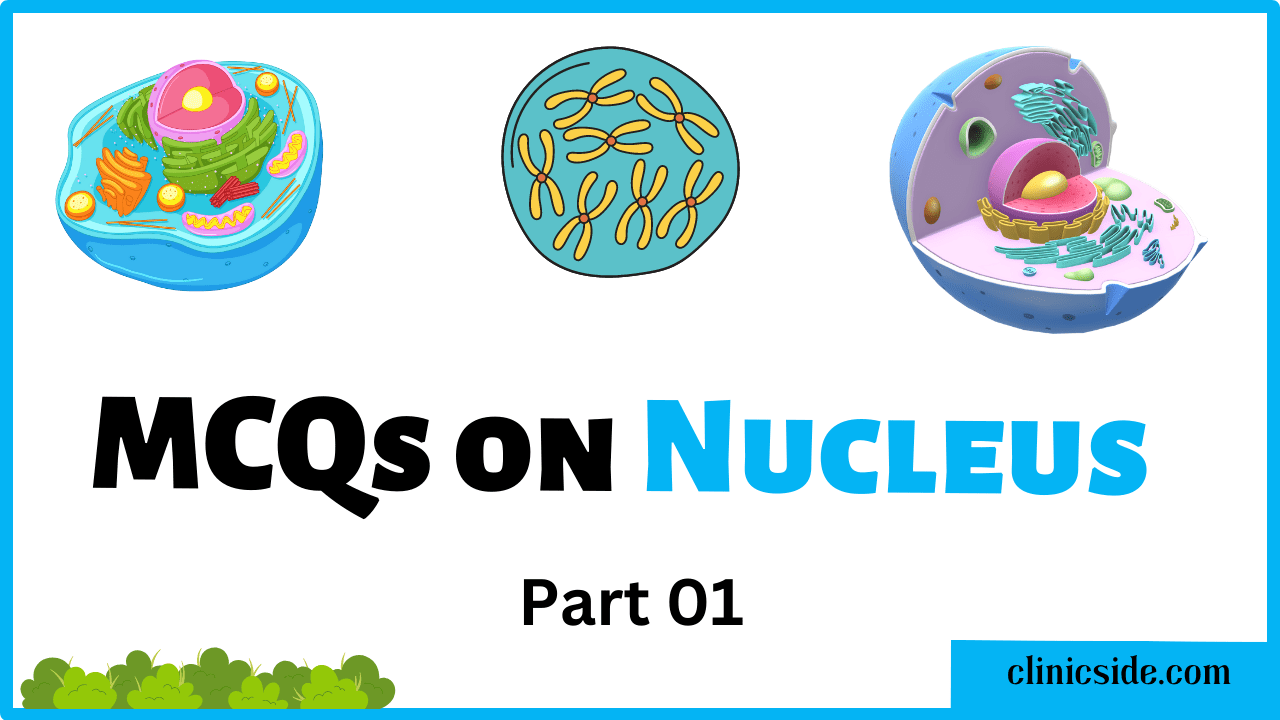A nerve impulse is the rapid, electro-chemical signal that travels along nerve fibres, allowing our bodies to sense, react and coordinate. In simple terms, a nerve impulse is what enables you to feel a hot surface and pull your hand away, and what allows muscles to contract, glands to secrete and the brain to process information. In this article we’ll take a detailed look at what a nerve impulse is, how it is generated, propagated, and why it matters — all written with a high-standard, in-depth approach suitable for educational websites like yours.
Quiz
Available options: 1 to 20
What is a Nerve Impulse?
A nerve impulse is essentially the wave of electrical and chemical changes moving along the membrane of a neuron (nerve cell) in response to a stimulus. According to the dictionary definition, a nerve impulse is “the progressive physicochemical change in the membrane of a nerve fibre that follows stimulation and serves to transmit a record of sensation from a receptor or an instruction to act to an effector.”
In physiology, this is often described as the propagation of an action potential along the axon of a neuron.
Thus, when we use the term nerve impulse we refer to the entire process of stimulus → electrical/chemical change → signal propagation → effect.

Key Components & States in the Nerve Impulse Process
To understand the nerve impulse, we must examine the states and components of a neuron as it moves from rest to signal to return.
1. Resting State
In the resting state the neuron’s membrane has a voltage difference (membrane potential) across it, typically about –70 mV (inside negative relative to outside).
Ions such as sodium (Na⁺) and potassium (K⁺) are distributed unevenly—Na⁺ higher outside the cell, K⁺ higher inside.
A pump (the sodium-potassium pump) and ion channels maintain this resting potential.
2. Stimulus & Threshold
When a stimulus (mechanical, chemical, thermal or electrical) arrives and is strong enough, it causes local depolarisation of the membrane. If this depolarisation reaches a threshold (e.g., about –55 mV) then the nerve impulse will be triggered.
3. Depolarisation & Rising Phase
Once threshold is reached, voltage-gated sodium channels open, allowing Na⁺ to rush into the cell. This causes the inside of the membrane to become more positive relative to the outside.
4. Repolarisation & Falling Phase
Soon thereafter, sodium channels inactivate, and voltage-gated potassium channels open. K⁺ flows out of the cell, returning the membrane toward its resting negative interior state.
5. Hyperpolarisation & Refractory Period
After repolarisation, the membrane may become slightly more negative than resting (hyperpolarisation). During the refractory period, the neuron cannot easily fire another nerve impulse. This ensures one-way conduction and limits frequency.
6. Propagation of the Nerve Impulse
The local changes in membrane potential trigger adjacent segments of the axon to undergo similar depolarisation and repolarisation, causing the nerve impulse to travel along the axon. In myelinated axons this occurs via saltatory conduction (jumping from node to node) which increases speed.
Why the Nerve Impulse Matters
The nerve impulse is fundamental to how the nervous system functions:
- It enables sensory input: receptors detect stimuli (light, heat, pressure, etc) and convert them into nerve impulses that travel to the brain or spinal cord.
- It enables motor output: nerve impulses travel from the central nervous system to muscles/glands to initiate action (e.g., muscle contraction).
- It enables communication between neurons: at synapses the nerve impulse triggers neurotransmitter release which initiates a new impulse in the next neuron.
- Speed and efficiency: Myelin sheath and nodes of Ranvier allow fast conduction — some speeds reach over 100 m/s in vertebrates.
Thus, a malfunction in nerve impulse generation or propagation can result in neurological disorders, loss of sensation, muscle weakness, etc.
Factors Affecting the Nerve Impulse
Several biological and physiological factors influence how well the nerve impulse is generated and transmitted:
- Axon diameter: Larger axons conduct impulses faster because of lower internal resistance.
- Myelination: Myelinated axons (with insulating sheath + nodes of Ranvier) allow saltatory conduction and greater speed.
- Ion channel function: Proper operation of sodium, potassium and other ion channels is essential; dysfunction can impair conduction.
- Extracellular ion concentrations: Changes in Na⁺ or K⁺ levels outside/inside the cell affect threshold and conduction.
- Temperature: Cold may slow conduction; heat may increase ion leak and alter conduction.
- Metabolic / nutritional status: Energy (ATP) is needed to maintain ion gradients; deficits can impair nerve impulse.
- Pathology: Demyelinating diseases (e.g., Multiple Sclerosis), nerve injuries, toxins, anaesthetics (which block conduction) directly affect nerve impulse propagation.
Detailed Step-by-Step Trace of a Nerve Impulse
Here is a detailed trace of how a nerve impulse moves along an axon:
- At rest: Membrane potential ~ –70 mV, high Na⁺ outside, high K⁺ inside.
- Stimulus: Receptor activation or synaptic input causes local depolarisation.
- Threshold reached (approx –55 mV): Voltage-gated Na⁺ channels open en masse.
- Rapid Na⁺ influx → inside becomes positive (~ +30 mV).
- Na⁺ channels inactivate; voltage-gated K⁺ channels open.
- K⁺ exits, membrane potential falls toward negative (repolarisation).
- Overshoot may cause hyperpolarisation (below –70 mV). Refractory period ensures no backward conduction.
- The local current flow depolarises adjacent membrane region, triggering the same sequence — the nerve impulse travels.
- At synaptic terminal: Nerve impulse arrives → triggers voltage-gated Ca²⁺ channels → neurotransmitter release → next cell receives signal → new nerve impulse generated.
- After impulse passes: Sodium-potassium pump and leak channels restore ion gradients and resting potential.
Common Misconceptions & Clarifications
- The nerve impulse is not a simple electrical current like in a wire: it involves ions moving across membrane, chemical changes, and regeneration at each segment.
- The amplitude of each nerve impulse is not proportional to the stimulus strength once threshold is reached: it follows an “all-or-none” principle.
- Myelin doesn’t make the nerve impulse continuous; it causes the impulse to jump (saltatory conduction) which is faster.
- The nerve impulse is distinct from the synaptic transmission – the impulse travels along the axon, but across synapse a chemical messenger is used.
Summary
A nerve impulse is the essential electro-chemical signal in the nervous system that allows for sensation, movement, thought and coordination. It arises from ion movements across a neuronal membrane, propagates down the axon, and triggers responses in muscles, glands or other neurons. Understanding the nerve impulse means understanding how our bodies process information and interact with the environment.





